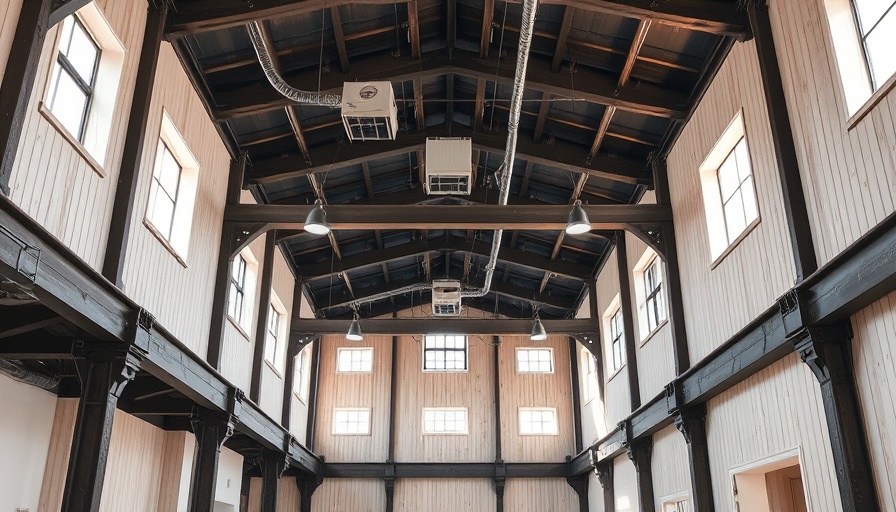
Transforming Tradition: The Renka Residence in Fukuoka Prefecture
The Renka Residence, renovated by the architectural firm Raumus, stands as a notable example of reimagining historical structures in modern ways. Located in the heart of Asakura Town, this house was once a rice mill that served as a critical part of the local community for over 70 years. Instead of demolishing the old building, the architects preserved its history and charm, skillfully transforming it into a residence while also incorporating a retail space.
Exploring Sustainable Architecture: Lessons from Renka
In today’s fast-paced world, many model homes are built with a short lifespan, often becoming outdated or unsatisfactory in just a few years. The Renka Residence addresses this issue by promoting sustainability and timeless design. By integrating elements that appeal to modern lifestyles with the original features of the rice mill, Raumus not only honors tradition but also ensures that the building remains relevant and loved by future generations.
The Role of Community in Home Design
A significant aspect of the Renka Residence project is its focus on community engagement. While the main structure is now a residence, the conversion of part of the building into a retail space opens dialogue and interaction with local residents. This dual-purpose design exemplifies how architecture can foster social connections and reinforce community ties, offering an alternative to purely residential projects that often feel isolated.
Interior Design Insights: Blending Old and New
Interior design plays a critical role in the success of the Renka Residence. The architects have creatively mixed traditional aspects with contemporary materials like granite and marble, ensuring that the interiors are both aesthetically pleasing and functional. Such materials not only enhance the visual appeal but also contribute to long-lasting surfaces that can endure the test of time, reflecting the renovation's sustainability ethos.
By studying projects like the Renka Residence, architects and interior designers can gather inspiration for future renovations. The focus on combining history with modern needs can serve as a blueprint for other areas seeking to preserve their identity while adapting to present demands.
 Add Row
Add Row  Add
Add 

 Add Row
Add Row  Add Element
Add Element 






Write A Comment